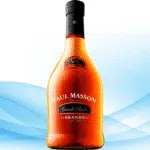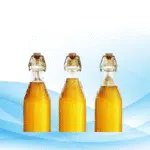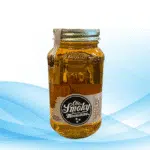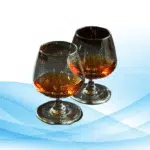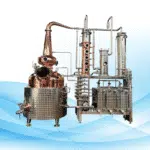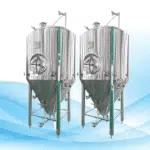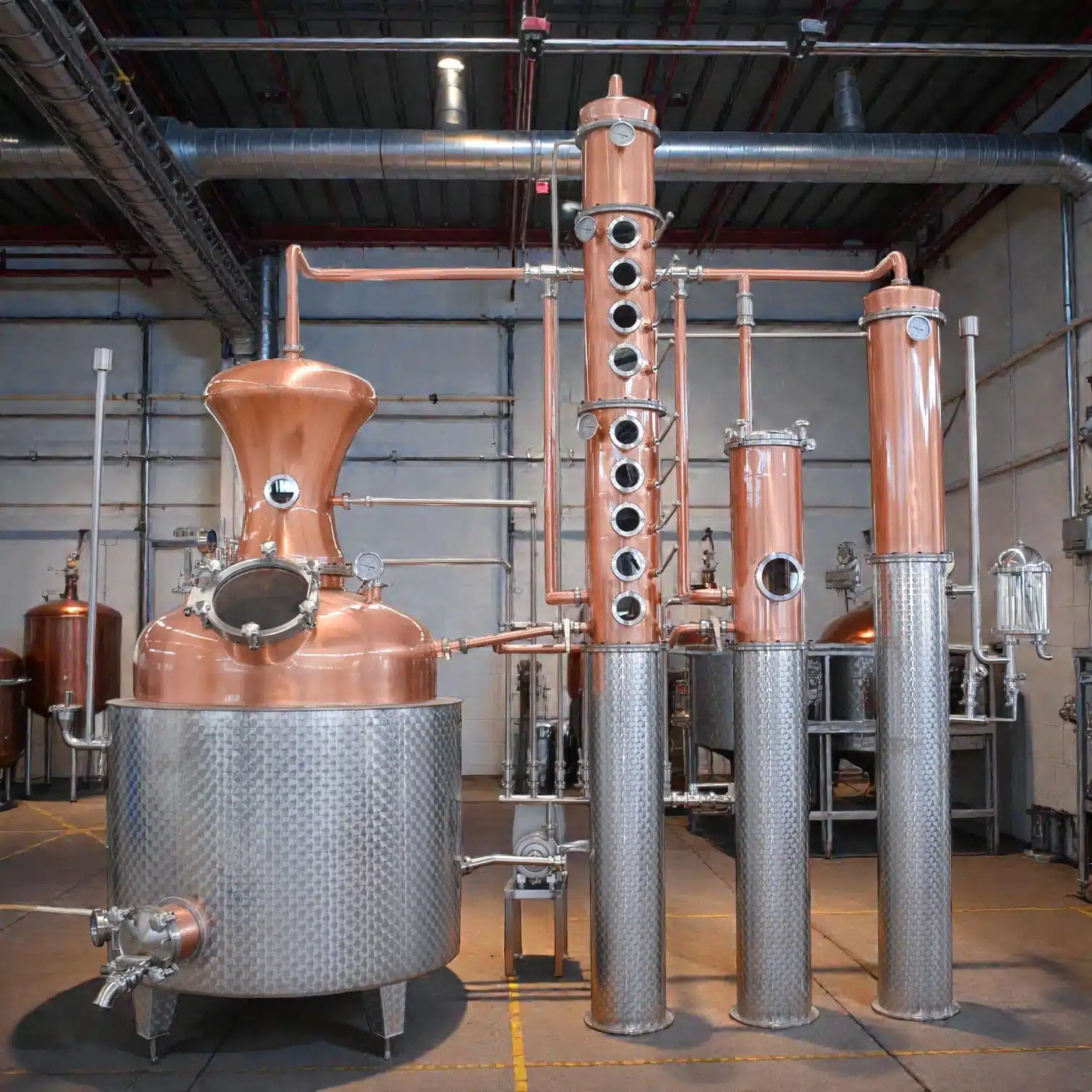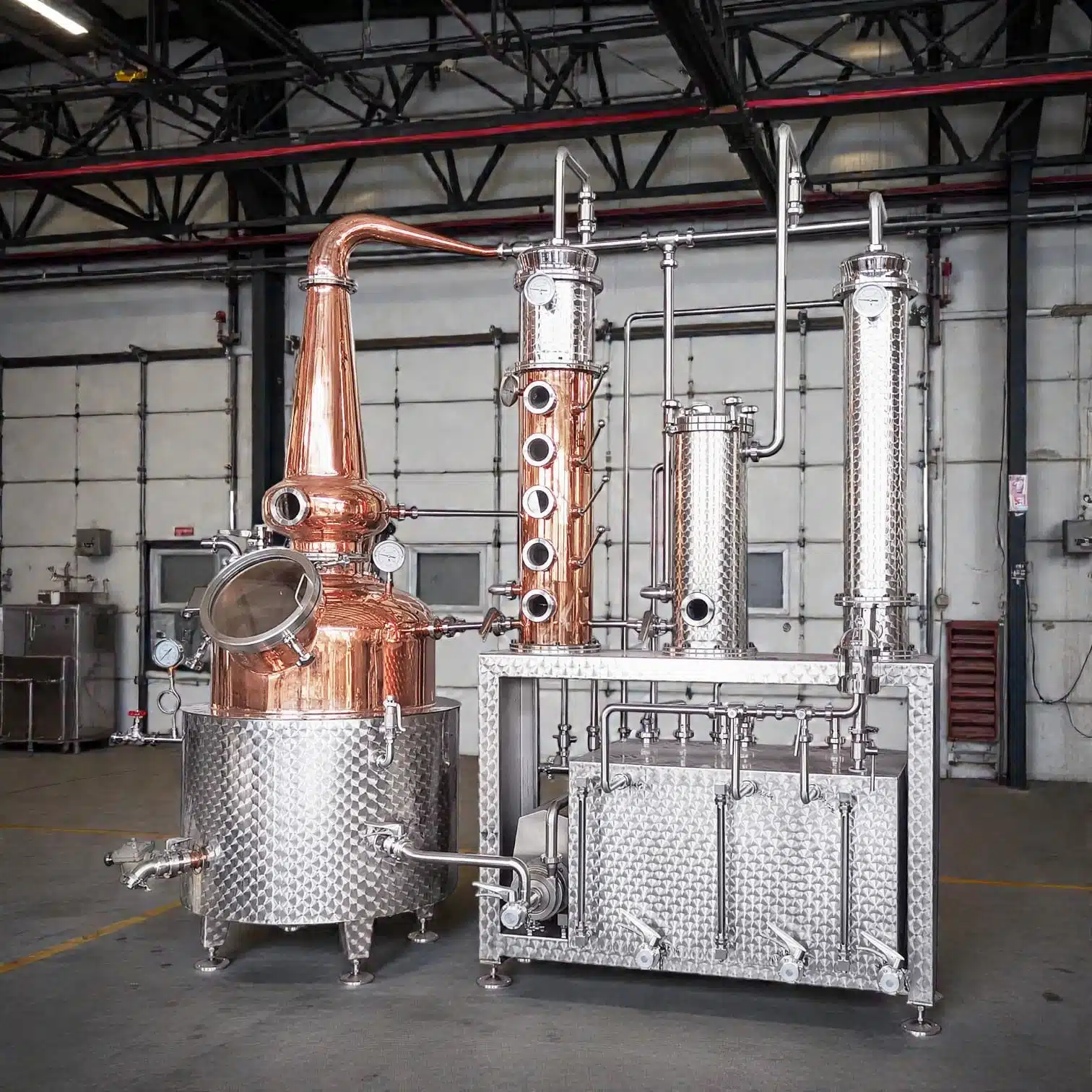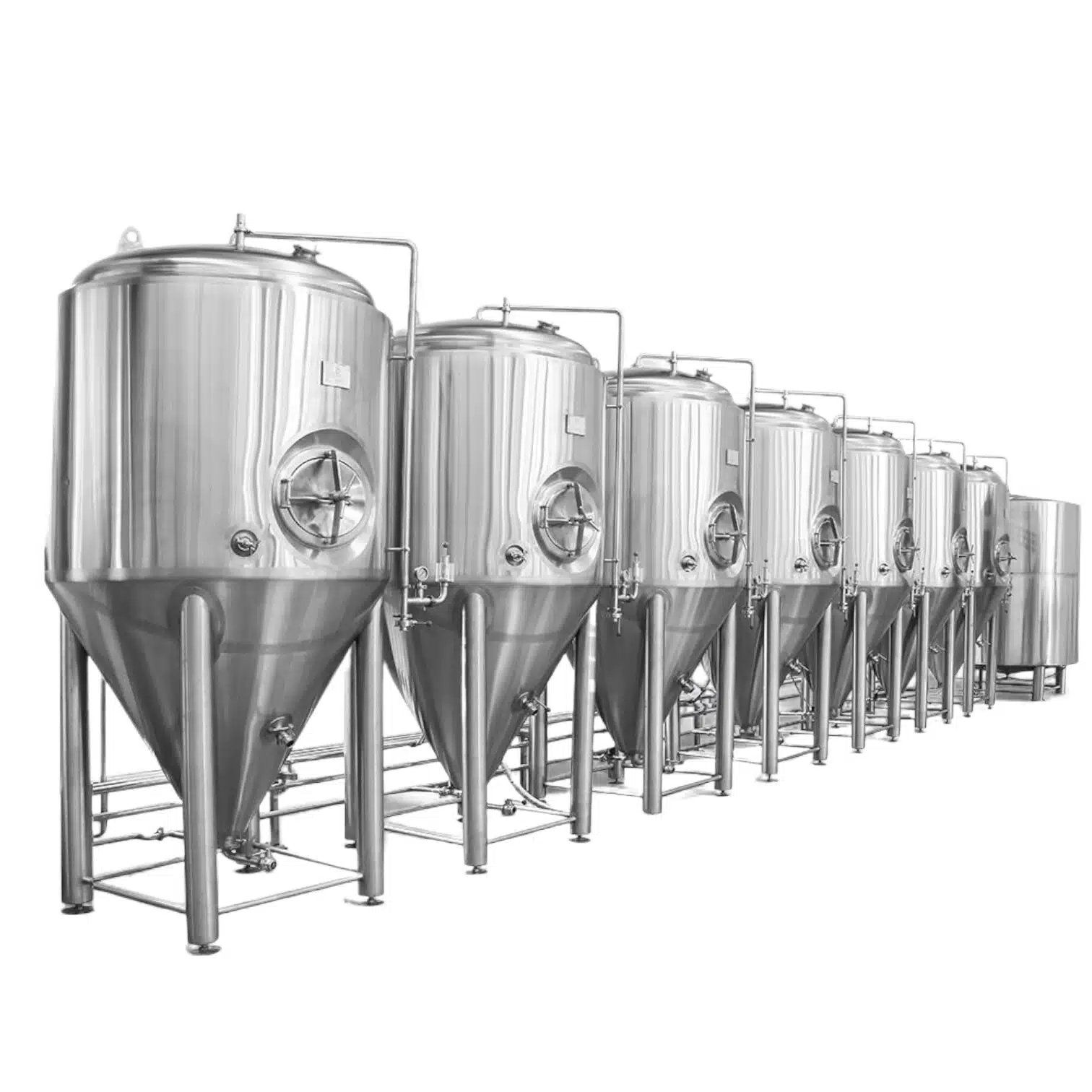Introduction to Mead and Its Alcohol Content
Mead ranks among humanity’s most ancient drinks, crafted by fermenting honey with water and, when desired, adding fruits, spices, or herbs. Because mead can be produced in such varied styles, its strength may not stay constant, a trait that invites both curiosity and caution. Most meads settle between 8 and 20 percent alcohol by volume (ABV), yet stronger versions occasionally appear when fermentation is pushed further.
If you type mead alcohol content into a search box, you probably want to know how potent the drink really is, how it stacks up next to beer or wine, and which choices shape its strength. The level of alcohol affects aroma, sweetness, mouthfeel, and even the occasion for serving the beverage. In the sections that follow, we describe a mead’s journey from honey to glass, explain the tools used to measure ABV, and outline the key variables—like yeast strain and fermentation time—that guide a mead maker’s final decision.

How to Measure Mead Alcohol Content
Before you can really judge how strong your mead is, you need to know how its alcohol content gets measured. In the beverage world, the simplest yardstick is called ABV, or Alcohol by Volume, which tells you what part of the total liquid is pure alcohol. If a bottle carries a 12 percent ABV label, that figure means twelve out of every one hundred milliliters is unwatered spirit.
The Steps for Measuring ABV in Mead:
- First, you want to record the starting gravity, or SG: that’s the specific gravity you take before you pitch the yeast. This reading, taken with a clean hydrometer or digital meter, shows how much dissolved sugar thickens the must and hints at how much alcohol fermentation could eventually produce.
- Next, wait until fermentation settles down, then check the final gravity, or FG: this number tells you how much leftover sweetness still lingers after the yeast has worked its way through.
- Do the math by subtracting FG from SG, then plug the result into a standard ABV formula, usually printed right on the hydrometer paper.
- By comparing the SG and FG readings, you can pin down the mead’s alcohol level fairly reliably. Just remember that outside heat, chill, or even the air pressure in the room can nudge the numbers off course, so take both readings at the same temperature for the cleanest result.
Factors Affecting Mead Alcohol Content
Type of Honey Used
Honey is the heart of every mead, so the variety chosen shapes the drink’s final strength. Dark honeys—buckwheat, chestnut, or sage—often hold more micronutrients, allowing yeast to feast more heavily and raise the ABV. In contrast, pale options such as clover or orange blossom ferment cleanly yet tend to produce a lighter body and, usually, lower alcohol.
Fermentation Process
Beyond ingredients, the handling of fermentation also steers the final number. Primary fermentation is where yeasts turn honey sugar into alcohol, and how long, how warm, and how much sugar they begin with all matter. Warmer temps speed activity but can stress yeast, while cooler, steadier conditions often yield a cleaner, higher-alcohol mead.
Yeast Strain
The chosen yeast strain rounds out the recipe. Each strain has a built-in alcohol ceiling: some thrive well past 15 percent, yet others struggle above 10. Yeasts with aggressive reputations produce high ABVs; gentler house yeasts, while easier to manage, tend to leave the drink less potent.
Different Types of Mead and Their Alcohol Content
Mead comes in several styles, and each style delivers its own flavor profile and strength. The variations are often distinguished by the extra ingredients they contain.
Traditional Mead
Traditional or simple mead uses nothing more than honey, water, and yeast. Its alcohol-by-volume (ABV) usually falls between 10 percent and 14 percent. Because no fruits or spices are added, drinkers taste pure honey and enjoy a clean, smooth finish.
Fruit Mead
Fruit mead, called Memel, gains its character from berries, apples, or peaches added during fermentation. Depending on the fruit, fermentation temperature, and length of time on the skins, the ABV commonly sits in the 8 percent to 12 percent range. The fruits either echo the honey notes or contrast with them, making the final drink sweet, tart, or somewhere in between.
Spice Mead
Spiced mead, often labeled metheglin, includes herbs and spices such as cinnamon, cloves, and ginger. The added ingredients give the mead a richer, more complex aroma and flavor. These batches usually land between 9 percent and 14 percent ABV, and the spices often keep the sweetness from tasting cloying.
Braggot
Brag got is a cross between beer and mead, made by blending malted barley with honey during fermentation, so it feels like beer but drinks stronger, like mead. The drink usually hits a final strength, or ABV, between 10 percent and 18 percent. Because both malt and honey sit in the mix, the tasting notes are often grain-dominated yet sweet-edged.
What to Expect from Mead Alcohol Content
Getting a grip on mead’s overall alcohol level helps guide your choice long before the bottle is uncorked. For people who like lighter, dessert-style pours, a fruit mead or a classic traditional mead around 8 percent to 12 percent ABV usually works best. If you want a deeper kick that warms the chest, a spiced mead or brag got-flavored option in the 12 percent to 18 percent range is the smart move.
To put things in perspective:
- Most everyday beers hover around 4 percent to 6 percent ABV.
- Standard table wine comes in near 12 percent to 15 percent ABV.
- Strong spirits such as vodka, gin, or whiskey are almost always 40 percent or higher.
So mead slips neatly between beer and wine, offering a wide ladder of strength to match almost any gathering.
Health Considerations of Mead Alcohol Content
Although sipping mead can be quite pleasant, its alcohol level deserves attention. Bottles with higher ABV hit harder and can lead to the same buzz as several beers in a much shorter time. Drink any liquor mindfully, and the same principle holds true for mead.
If alcohol raises any worries for you, glance at the label before pouring, and stay within guidelines the experts provide. Awareness is your best ally in enjoying mead without skipping safety.
Frequently Asked Questions
1. What is the typical alcohol content of mead?
Most meads land between 8 percent and 20 percent ABV. Where they fall in that range depends on recipe and how fermentation is managed.
2. How strong is a traditional mead compared to wine?
Traditional mead usually matches wine, sitting around 10 percent to 14 percent ABV, though some bottles drift above that range.
3. Can I make mead with a lower alcohol content?
Certainly. Tame the strength by cutting back on honey or shortening fermentation time, steps that curb the sugar-to-alcohol conversion.
4. Does the type of honey affect the alcohol content?
Yes, darker honeys tend to have more minerals and residual sugar, so they can lead to a higher final alcohol percentage.
5. How does the fermentation time impact the alcohol content of mead?
Fermenting for a longer period generally raises alcohol levels, since more sugar is turned into ethanol. Yet, an excessively long process may introduce off-flavors that spoil the mead’s overall profile.

